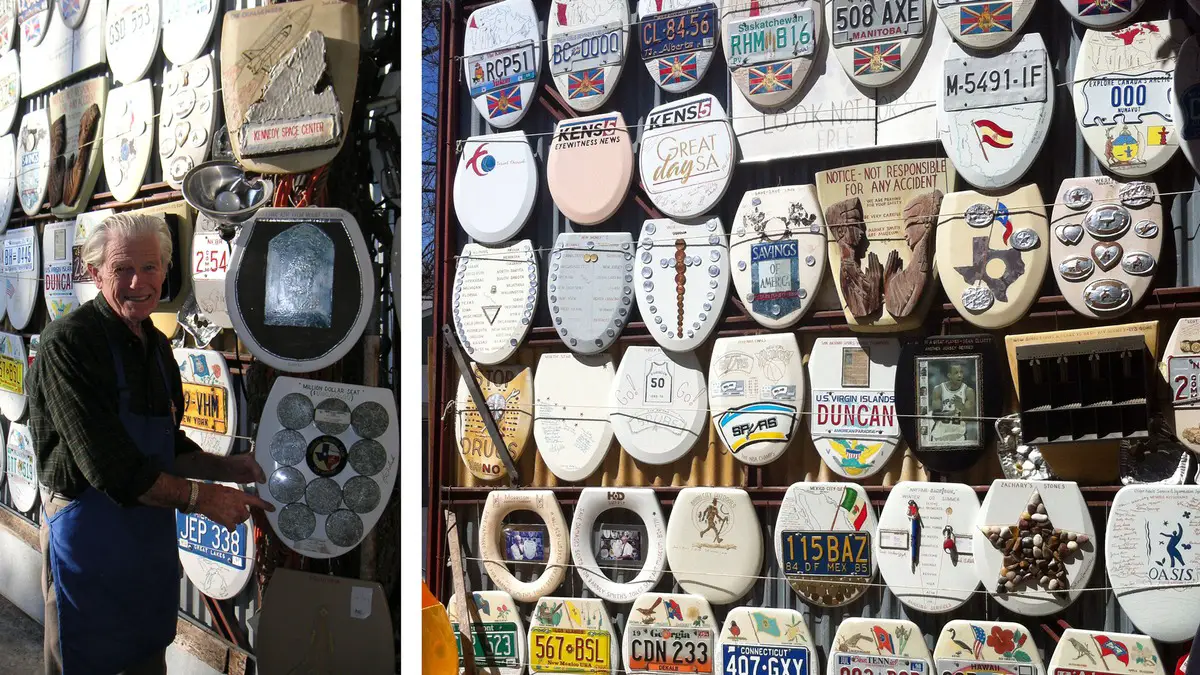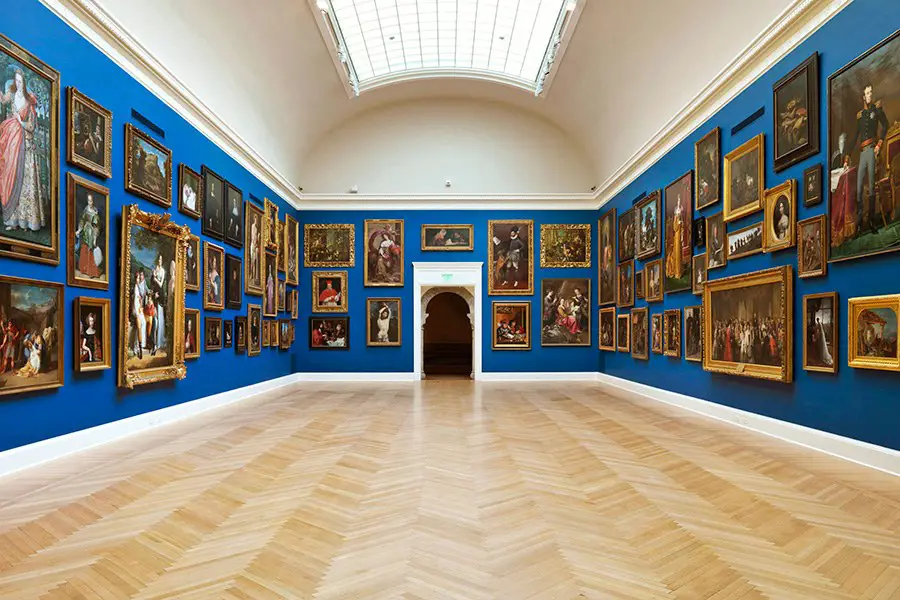The other day, as I was making a shitty attempt at latte art in the coffee shop where I’m employed, one of my co-workers informed me that there are more museums in the United States than there are McDonald’s restaurants.
In fact, the number of archival assemblages is higher than the number of McDonald’s and Starbucks outlets combined.
According to Statista, there are approximately 14,000 McDonald’s and about 13,000 Starbucks locations in the states as of the last year or two. Together, the two fast food chains come in at a total of 27,000 stores. In a data file published by the Institute of Museum and Library Services in 2014, it was revealed that there are at least 35,000 museums in the United States.
“At least” is emphasized because this sum only includes galleries that are officially accounted for, and it’s strongly suspected that there are still a lot of them out there that flew under the radar. Due to their highly variable content and often independent ownership, museums are considerably more challenging to keep track of than corporate chain eateries.
Upon absorbing this nugget of information, I was equal parts thrilled and genuinely surprised. I think it’s downright groovy that museums outnumber McDonald’s and Starbucks’, though to be honest, I would’ve previously assumed the opposite to be true. From what I’ve observed, both online and in my real-life conversations, it seems as though the plurality of Americans are equally as taken aback as I am by this statistic.
Why does this finding come as such a surprise to most people in the states? If museums are so beautifully abundant, how is the population so unaware of them?
This discrepancy can be credited largely to the fact that when people think of museums, they usually picture imposing, elegant structures stuffed with artifacts of the cultural, artistic or scientific variety. Gargantuan art institutes and halls of fame come to mind first.
However, the majority of educational exhibits in the United States aren’t fancy, massive productions, but rather petite, family-owned affairs. These venues don’t exist to make a bunch of cash or draw huge crowds, but rather to celebrate pretty much any damn thing you can think of.
In Austin, Minnesota, there’s an entire exhibit dedicated to SPAM, as in the curious canned meat commodity.
Making its home in San Antonio, Texas, is the Toilet Seat Art Museum.

There are museums dedicated to salt and pepper shakers and vacuums, in Gatlinburg, Tennessee, and St. James, Missouri, respectively.
Unfortunately, the Trash Museum, located in Hartford, Connecticut, permanently closed a few months ago (damn, there go my birthday plans). If you’re afraid that your life won’t feel complete unless you take the time to appreciate some artfully organized garbage, you can set up an appointment with NYC Department of Sanitation to have a peep around the non-public Treasures in the Trash Museum.
You can take comfort in the fact that whatever it is that tosses your salad, there’s a museum devoted to it somewhere in the fifty nifty. Small displays on impressively particular topics tend not to attract a ton of people on the regular, hence why they don’t garner as much consideration.
Though the previous salon examples are diverse in their subject matter, they all still qualify as rather traditional museums in the sense that they invite people to hover around a collection of motionless, material objects for a couple hours.
Consequently, another reason that the IMLS’s museum count may seem surprisingly hefty to many individuals is that their definition of “museum” is rather generous, and the tally also includes “related organizations.” Therefore, institutions like arboretums, planetariums, zoos and nature centers all went into the 35,000 American showrooms calculation.
Some of these admittances may seem like a bit of a stretch initially, but when you think about it, people generally hang out in aquariums and art galleries for the same reasons: to learn, ogle and to feel the security of being surrounded by endless topics of conversation in case their first dates takes a turn for the awkward.
The final factors that contribute to the collective American bafflement about museums have to do with visibility and frequency. With their towering, uniform golden arches and emerald siren signposts, McDonald’s and Starbucks restaurants succeed in making themselves as recognizable as possible.
Even if you’ve never set foot in a McDonald’s or Starbucks, never nibbled on a chicken nugget or slurped down a single “macchiato,” you still can’t claim that you haven’t at least noticed that the two fast food joints are practically everywhere in the United States. Unless, that is, you’ve been residing beneath an actual boulder. In that case, it’s safe to guess that you’re probably not hitting up any museums either.
On the other hand, few of America’s informational halls beckon folks with hulking neon signs or have millions of dollars to drop on advertisements. As a result, a lot of museums go largely unnoticed unless they’re being actively sought out, and it goes without saying that people are inclined to seek out coffee and sandwiches much more frequently than things like toilet seat art.
If museums are more plentiful than two of the largest fast food venues in ‘Murica combined, chances are there’s at least one exhibit in your vicinity that you haven’t checked out yet. So, next time find yourself twiddling your thumbs, remember that you’ve got the option to go learn more than you ever wanted to about things like mustard, funeral history and hobos.


















[…] anonymous YouTuber has eaten meals of all types, such as seafood,fast foodand homemade food — all of which are quite visually appealing. Some examples includehomemade […]